Ed. note: There’s so much to see in Florence that it can be overwhelming to travelers. Here’s what Prisilla Sciano, Marketing Director of Tour Italy Now, recommends.
Anyone who’s ever been to Florence knows just how easy it is to be overwhelmed by its immense grandeur. In fact, the sensory experience of being surrounded by the city’s art and architecture is so overpowering for some people that they develop Stendhal syndrome, a condition that can cause dizziness, rapid heartbeat and even fainting. Also known as Florence syndrome, the disorder was named after a 19th century French writer who was left awestruck and light-headed after visiting Florence in 1817 — well before the age of globalization and the long queues of tourists coming in from Toronto, Tokyo and other distant places Fiorentinis could never have imagined.
Indeed, while most visitors nowadays survive Florence without passing out before its many wonders, braving through the flood of people in its well-known tourist spots can be a daunting task for many. Fortunately, there are still quite a few spaces in the city that are not yet as crowded as museums like the Galleria degli Uffizi or the Accademia. Here, you can experience the quieter side of Florence, but that doesn’t mean you’ll miss out on the good stuff that the city has to offer!
Ponte Vecchio
Ponte Vecchio means “old bridge” in English, an understatement considering its history dates as far back to the Roman times. The current bridge is a beautiful Medieval-period stone structure that spans the Arno river and is known for the vibrant collection of shops built on it.
In the Middle Ages, the bridge was populated by butchers, fishmongers, tanners, and greengrocers, but a 1593 edict of the Medici Grand Dukes aimed at making the bridge more appealing swiftly replaced them with goldsmiths and jewellers. Today, these shops are still around, standing cheek by jowl with dealers of art, antiques, and souvenirs.
Until recently, there was also a tradition among visiting couples to place padlocks along the bridge railings and afterwards throwing the keys into the river as a symbol of their eternal love. Since this practice is now prohibited by the city council due to the damage it was causing the bridge, lovestruck visitors are advised to just use their padlocks symbolically and to enjoy the romantic sights and sounds of the district instead.
Bargello
Another surviving structure from the Middle Ages is the Bargello Palace, Florence’s oldest public building, which originally served as a barracks and prison, and then as a residence for city magistrates. Built in 1255, the Bargello is now formally known as Museo Nazionale del Bargello, a museum which houses an impressive collection of Italian Renaissance sculptures.
Quite unknown to the hordes visiting the city’s more famous art galleries, the Bargello features sculptures from Michelangelo, Donatello, Lorenzo Ghiberti, Filippo Brunelleschi, Benvenuto Cellini, Jacopo Sansovino, Giambologna, Gian Lorenzo Bernini, and Vincenzo Gemito.
Aside from sculptures, the museum also houses a wide collection of ceramics, tapestries, armors, coins, and art pieces made from ivory and silver.
Museo dell’Opera del Duomo
It’s surprising how this museum escapes so many people’s radars when it is located just east of the famed Basilica di Santa Maria del Fiore or Florence Cathedral.
Inaugurated in 1891, the museum houses some of the most beautiful original works of art from the cathedral, which include: the Florence Pietà, a marble sculpture made by Michelangelo originally as a decoration for his own tomb; the Penitent Magdalene, a wooden sculpture by Donatello; and the original Gates of Paradise, the ornate doors created by Lorenzo Ghiberti for the Florence Baptistery. The five-century-old doors were moved into the museum in 1990 for restoration, and the baptistery was fitted with replicas.
Il Museo Horne
The Horne Museum takes its name from a Victorian-age English scholar Herbert P. Horne, who settled in Florence in the late 19th century to study its Renaissance culture. Horne later donated his home and collections to the Italian government, which has since turned the small palazzo into a museum.
Horne’s palazzo boasts of an elegant yet simple facade and an interior bedecked with art, furniture, ornamental pieces, and everyday objects from the Renaissance period. As you can imagine, it’s a great place to check out if you want to see a well-appointed home as it would have looked during that period.
Of particular interest are the 14th and 15th century Florentine and Sienese paintings and sculptures, as well as original cutlery, ceramics, silver and ivory ornaments, andirons, mirrors, and leather pieces from the same era. Some of the artists represented in the collection include Giambologna, Desiderio da Settignano, and Gian Lorenzo Bernini.
Hidden Florentine history
If you’re into hunting for hidden pieces of history that represent the more commonplace facets of past Florentine life, then take heed — they’re often found in nondescript locations.
Take for example the old religious tabernacles found on many street corners in Florence. Usually featuring images or sculptures of saints, the Virgin Mary, and Jesus Christ, these tabernacles continue to attract devotees even today. Or how about those peculiar little arched windows that look like small doors found on the walls of large palazzo? In the old days, these porte del vino or wine doors were used by wealthy families to display agricultural products like wine, which they sell to passers-by.
All around Florence, there are curiosities such as these — some of which were made for more particular purposes. For instance, at the Ospedale degli Innocenti or Hospital of the Innocents in Piazza Santissima Annunziata, there is a beautifully decorated window where people used to leave infants anonymously to be cared for by the nuns running the orphanage. And at the nearby Palazzo Pucci, there is another window, which, unlike the others all around it, appears to have been completely walled up. Cosimo I, a member of the powerful Medici family of the 1500s, supposedly ordered it to be permanently bricked up after finding out that Pandolfo Pucci of the rival Pucci family had ordered assassins to kill him through this otherwise innocent-looking window.
Some “hidden” historical artifacts can also be found in more famous locations. Back at the Piazza del Duomo, you might find a large circular marble tile on the piazza’s stone floor. It wasn’t put there randomly because it marks the spot where the large copper ball from the dome of the Florence Cathedral landed when it fell after being hit by a strong lightning bolt in 1600.
The Giardino delle Rose and the Giardino dell’Iris
How about ending a tiring day of exploring Florence relaxing in one of the city’s best hidden secrets, the Giardino delle Rose or the Rose Garden? Nestled in the San Miniato Hill, this 25-acre garden used to be open only during spring. However, since 2011, people have been able to enjoy the grounds all year long. It does not only provide refuge from the hustle and bustle of busy tourist routes, the garden also provides some of the best views of Florence and its city walls.
If you’re visiting between the 2nd and the 20th of May, you might want also drop by the nearby Giardino dell’Iris or Iris Garden, which is devoted almost entirely to the cultivation of irises and hosts a yearly worldwide iris breeders’ competition. Iris, as you may already know, is an official emblem of the city of Florence, so what better way to appreciate the beauty of the city than beholding row upon row of these flowering plants in bloom?
About the Author
Priscila Siano is the Marketing Director of TourItaly Now, an online tour operator specializing in Italy travel. She’s a respected expert on making dream Italy vacations a reality for clients. For more on Priscila and her work, connect with her on Google+.
Buon viaggio!
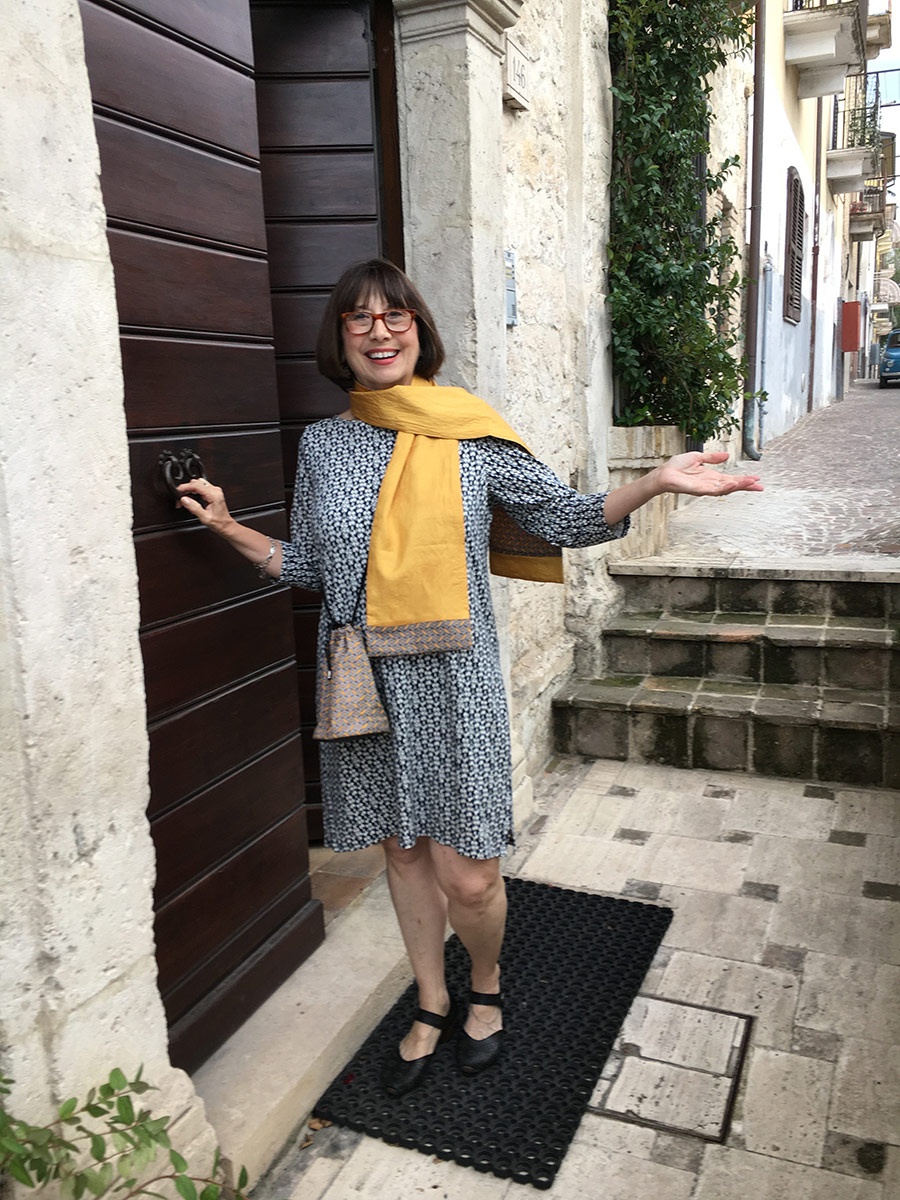
Linda Dini Jenkins is a card-carrying Italophile, travel planner, freelance writer, and amateur photographer. Travel is her passion, so writing about her travels just comes naturally. She hopes all her travelers find a way to express their joys, surprises, and fears as they travel and gives every traveler a nifty journal to help smooth the way. Learn more…
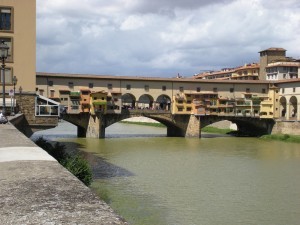
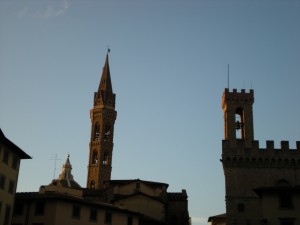
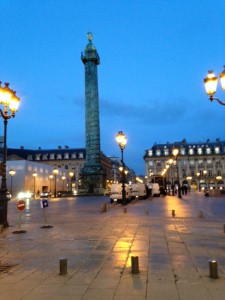
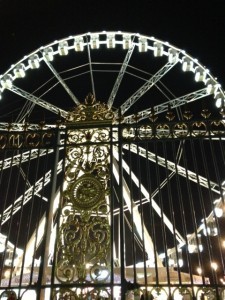
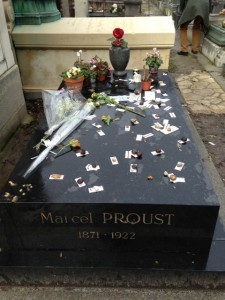

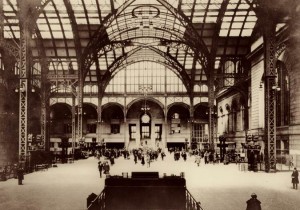
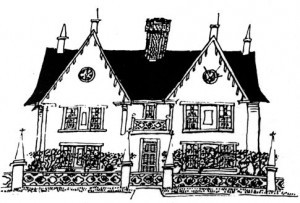
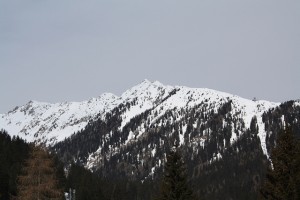
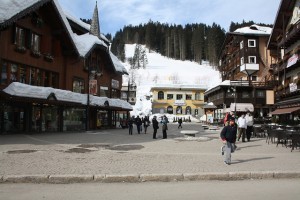
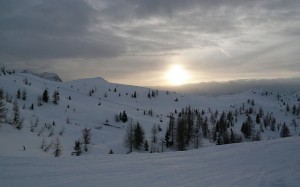
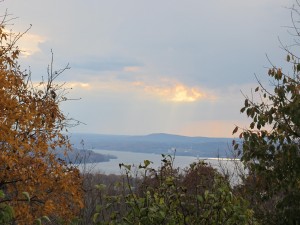
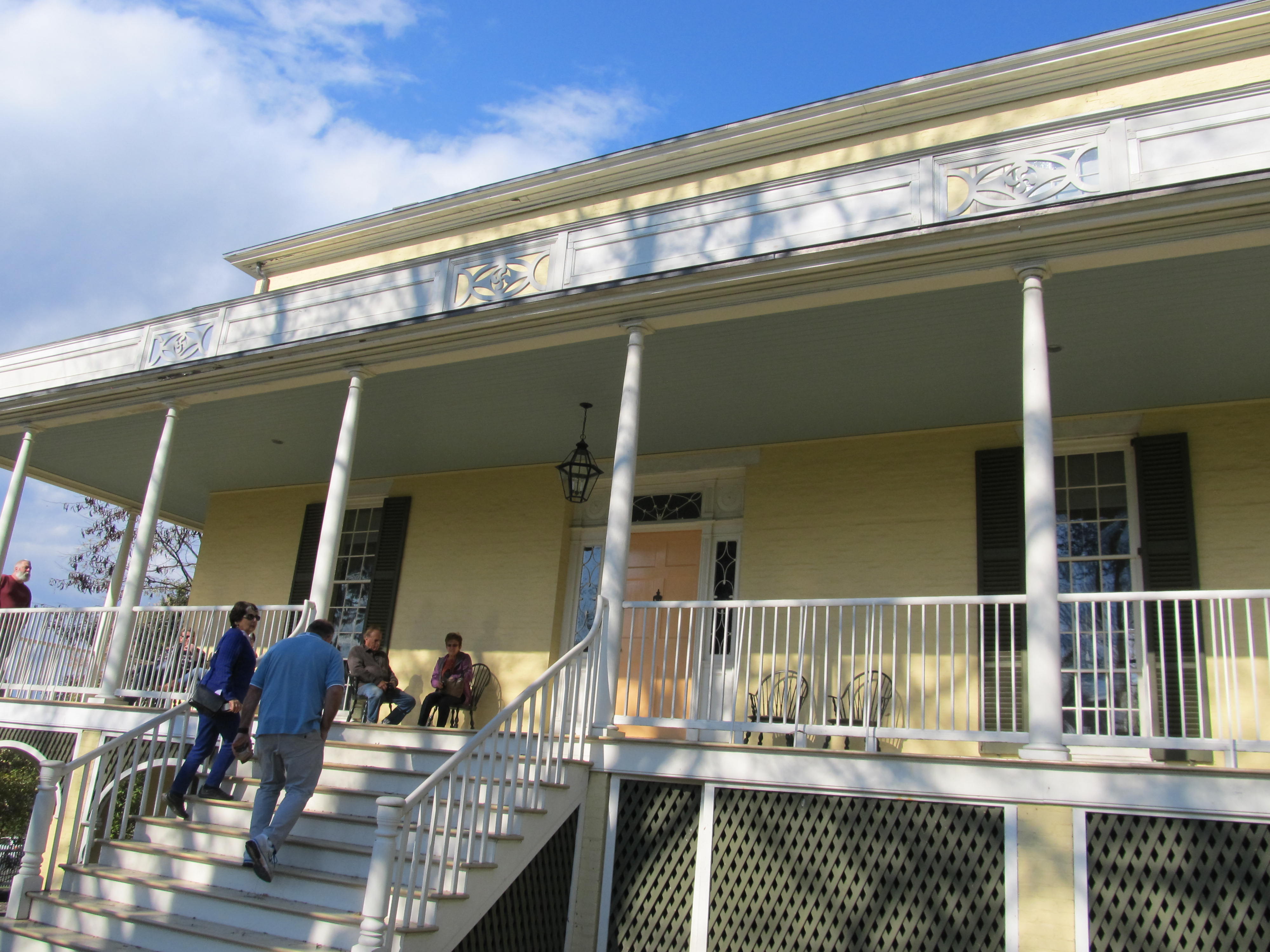
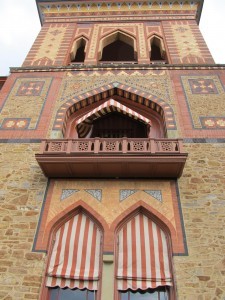
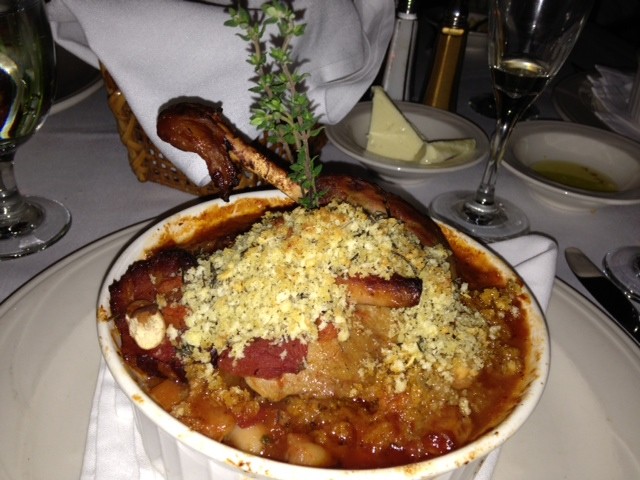

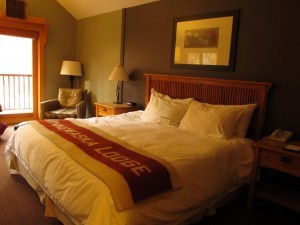
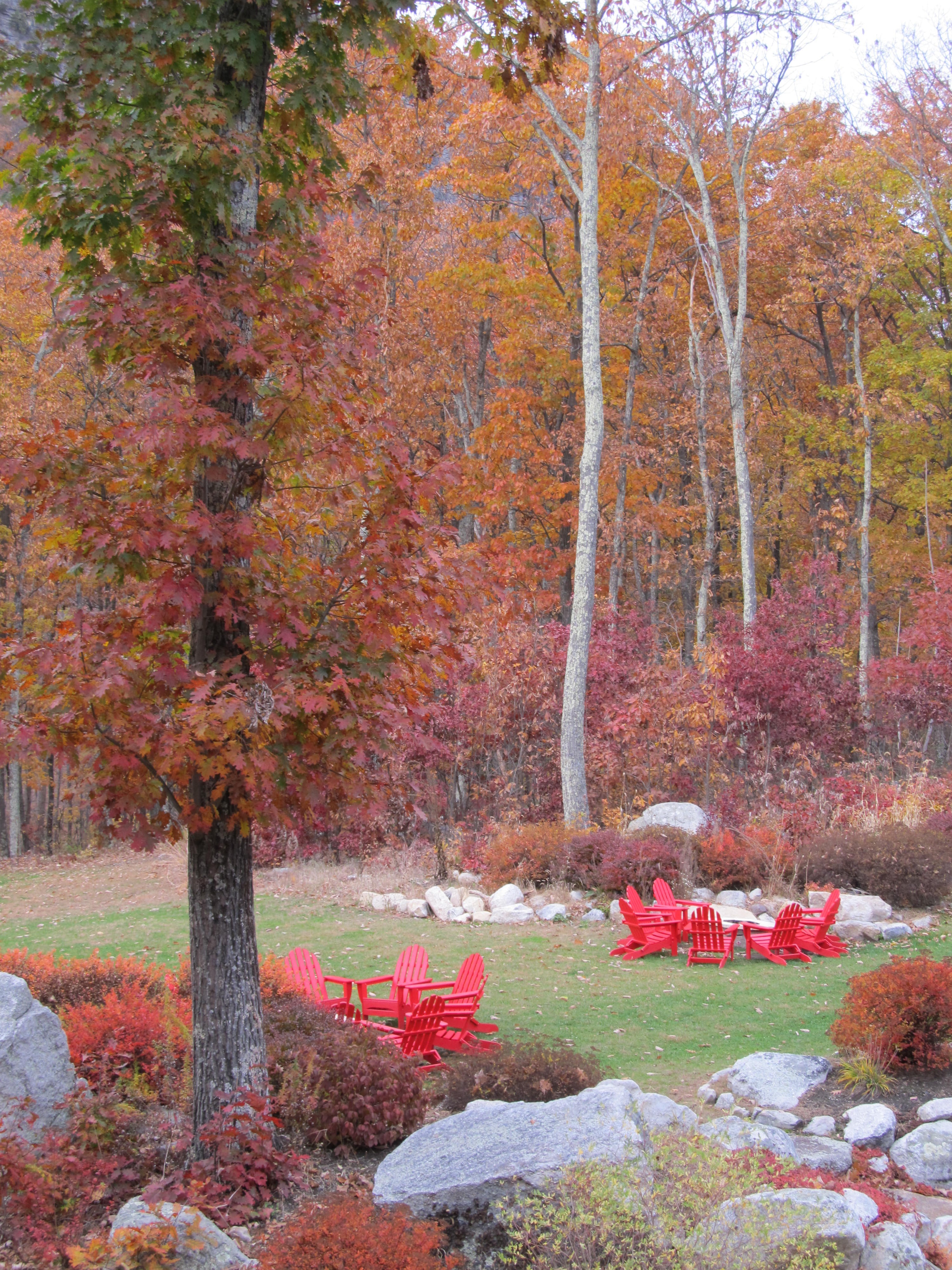
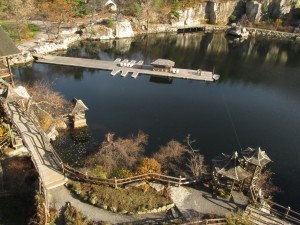
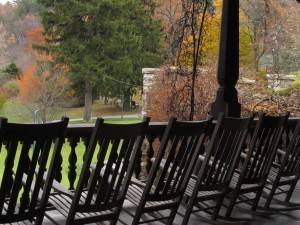
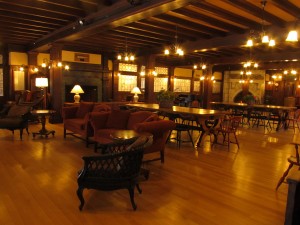
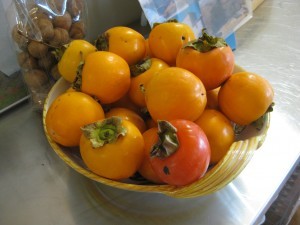
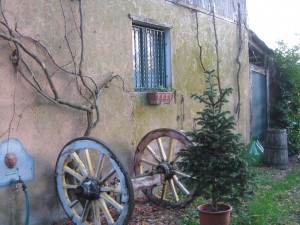
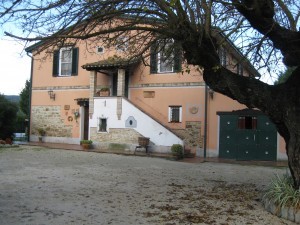
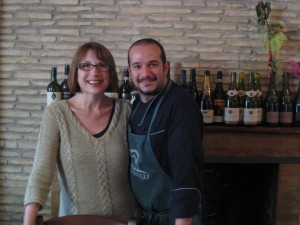
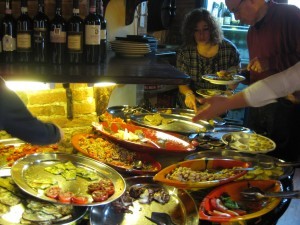
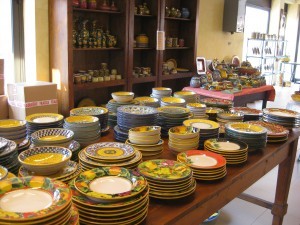
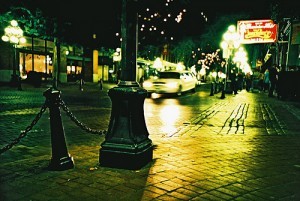
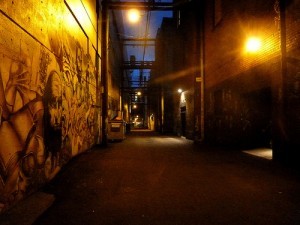
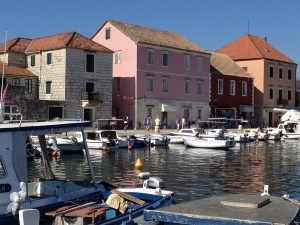
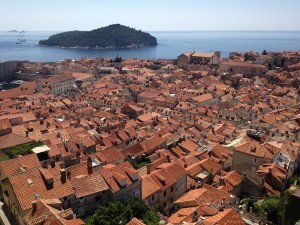
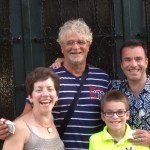
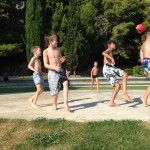
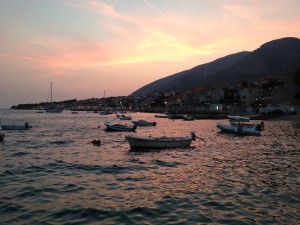
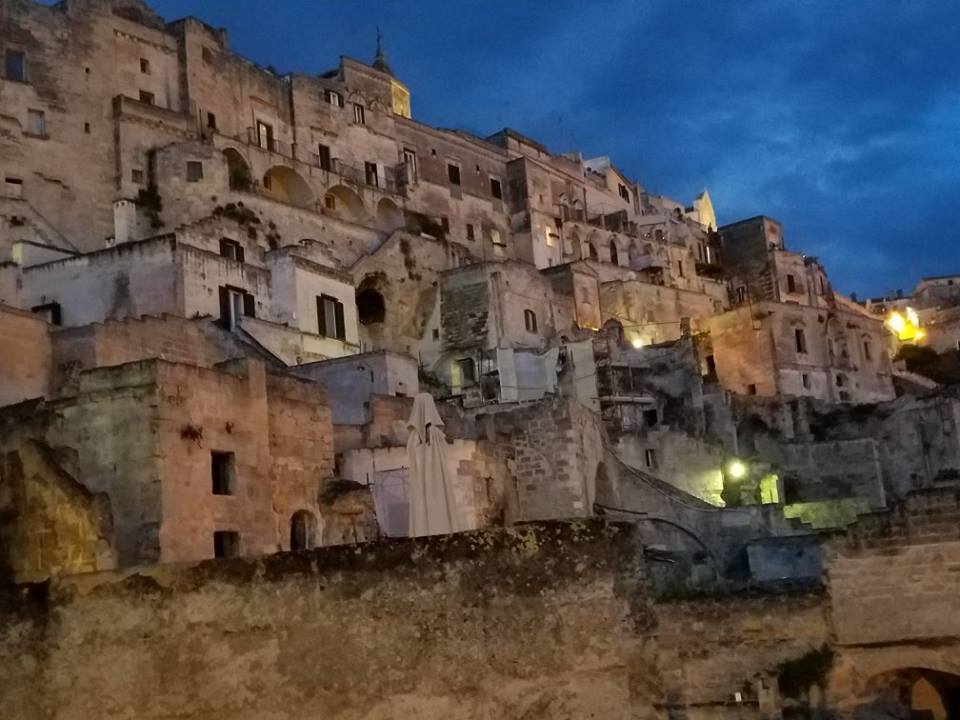
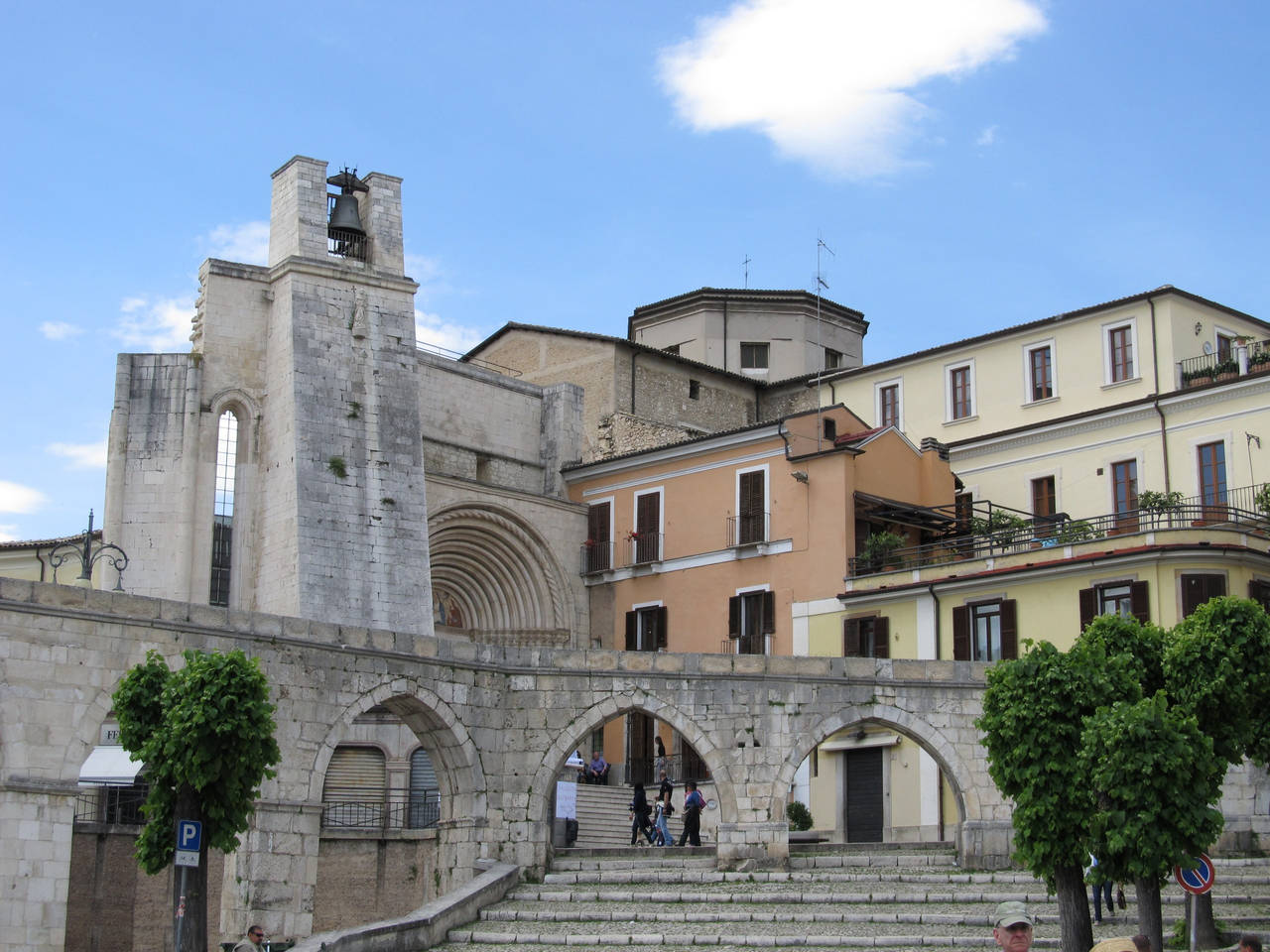

Recent Comments